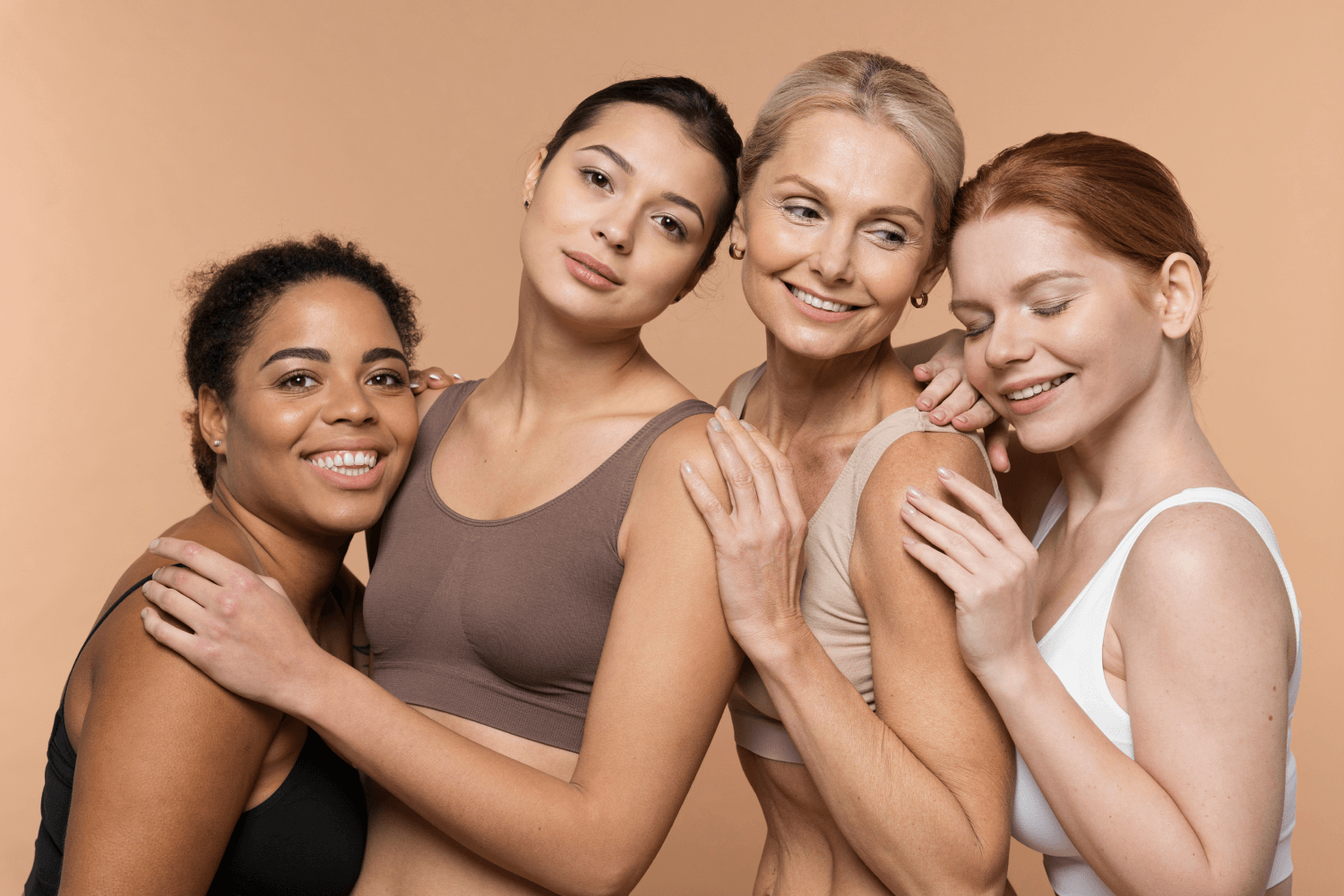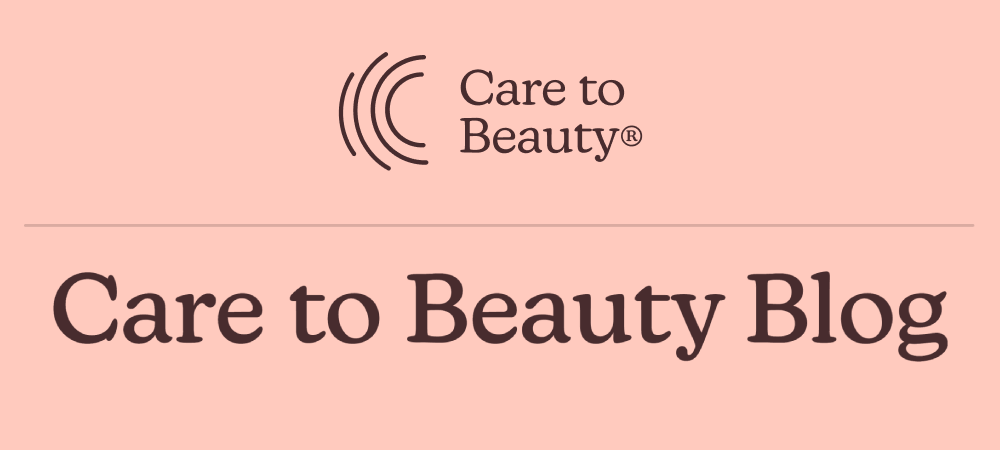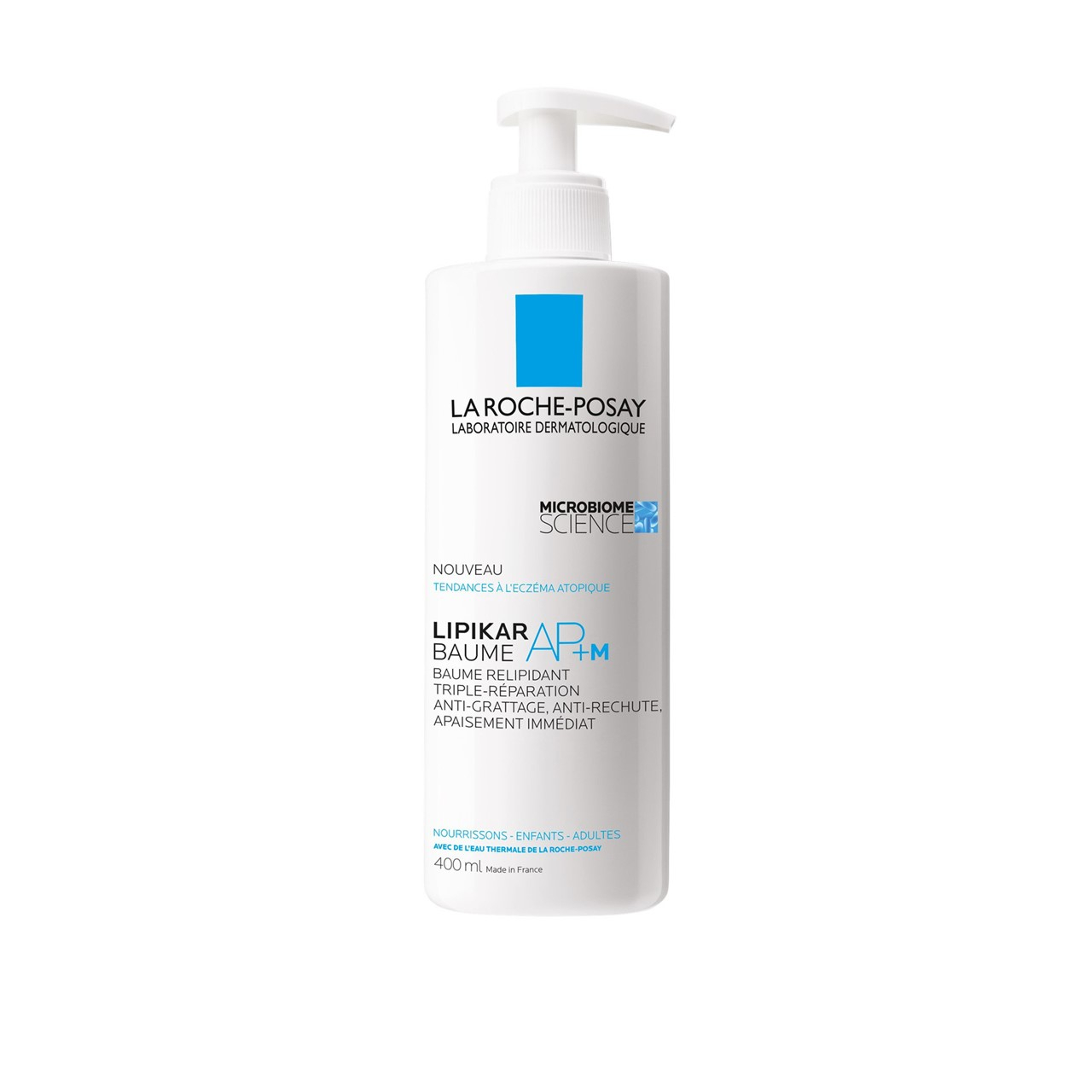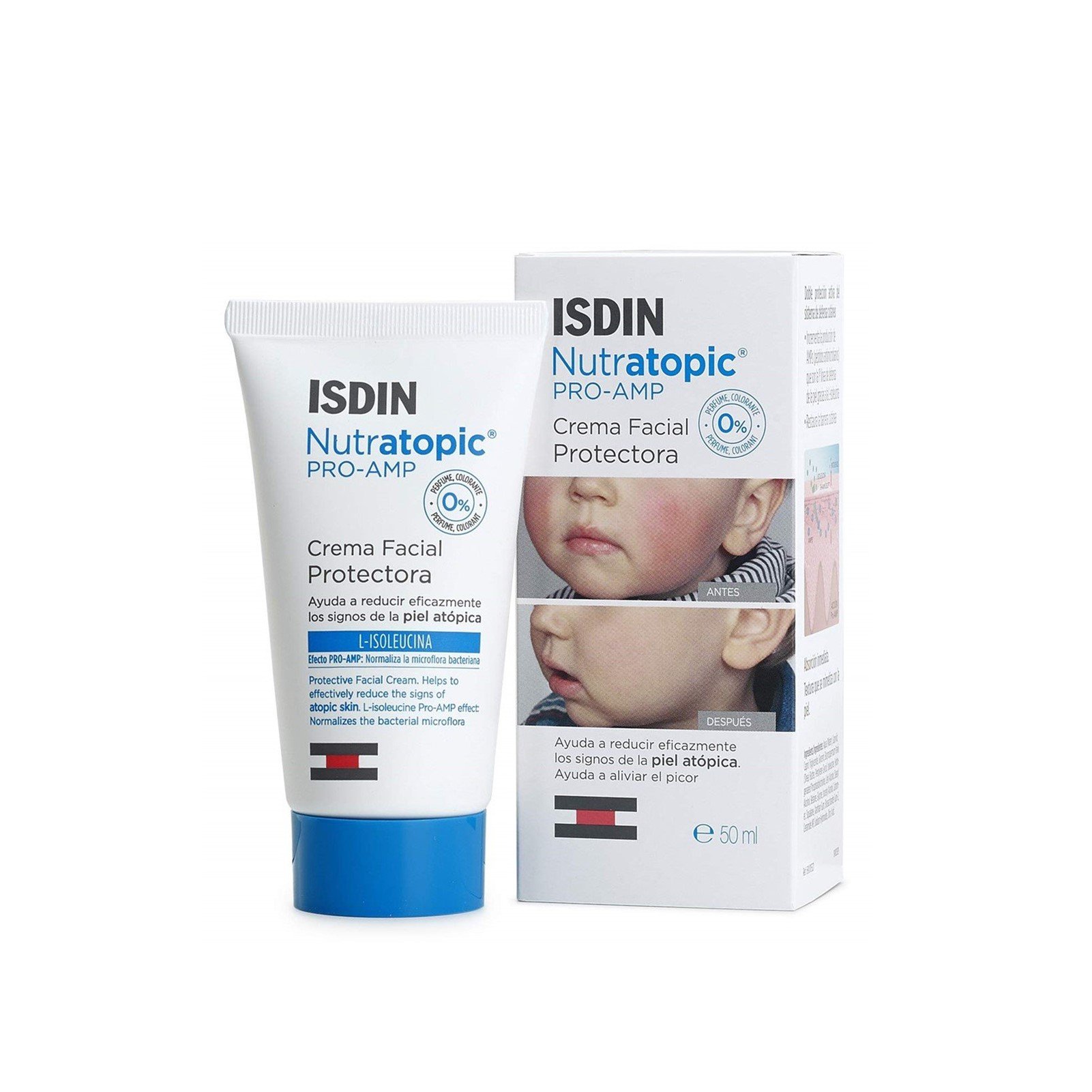
It’s estimated that around 15-25% of all children worldwide and up to 10% of adults suffer from atopic eczema. This disease varies in both severity and symptoms, but there are a lot of similarities. Additionally, recommendations on how to manage atopic eczema tend to be very similar from person to person, even if the disease manifests a little differently.
On this post:
- What is atopic eczema?
- Atopic eczema causes
- Atopic eczema symptoms
- Atopic eczema triggers
- Dos and don’ts for skin with atopic eczema
What is atopic eczema?
Atopic eczema is an inflammatory disease that appears on the skin. However, a lot of systems contribute to it. It’s more frequent on children, but some adults carry on with the disease for life. In some cases, atopic eczema is the first sign of what is known as the “atopic march” (march, as in, progression). This atopic march is a set of diseases that usually go together with atopic eczema, such as asthma or rhinitis. Anyone can have atopic skin, as it’s not dependent on age, sex, or skin color.
Atopic eczema causes
There are a lot of factors that contribute to one person having atopic skin. Together, they end up contributing to how serious the disease is and how it manifests:
- Genetics: people who have one parent who has atopic eczema have their risk of having the disease increased by 3-fold, and people who have both parents with the disease have it increased by 5-fold. This genetic component comes down to the ability to produce a protein, filaggrin, that contributes to the barrier function of the skin and its hydration;
- Pollutants: people who live in rural areas tend to have less tendency to have atopic skin. This skin condition has been linked to pollution levels, especially traffic exhaust;
- Microbiome disruption: the microbes that live on our skin are a very essential part of what keeps the skin balanced. When the microbiome gets unbalanced, there is more space for pathogens to inhabit the skin, which then leads to disease.
Atopic eczema symptoms
Eczema appears in different areas of the body depending on age. Babies under 1 year old are usually affected by acute lesions on the cheeks, scalp, neck, chest, and arms/legs. Children between 2 and 12 years of age are mostly affected by eczema on the knees, wrists, ankles, face, neck, and any skin folds. Lastly, teenagers and adults tend to have lesions on the head (including atopic dermatitis on the eyelid), hands, knees, elbows, ankles, and wrists.
The lesions are usually red, itchy, and sometimes develop vesicles. Eventually, they can become scaly or go through a process called “lichenification”, which makes them thicker and wrinkly.
Atopic eczema triggers
A lot of environmental hazards can contribute to aggravating the disease. Here’s a list of some things you might want to consider avoiding:
- Clothing made from coarse fabrics like wool and rough fibers, as well as clothing with exposed or rough seams;
- Aggressive chemicals (acids, bleaches, solvents, etc);
- Biological hazards such as mites or microbes;
- Air pollutants like tobacco smoke or car exhaust;
- Inadequate skincare and hygiene procedures and products (more on that later);
- Extremely hot weather, or very hot baths;
- Stress.
Dos and don’ts for skin with atopic eczema
After getting a diagnosis, there are some things you can adjust while learning how to manage atopic eczema:
- If stress is an issue, psychotherapy can help;
- Avoid getting your skin in contact with irritants that usually trigger your skin and wear protection such as gloves when handling them;
- Replace your long and hot baths with quick showers with lukewarm water;
- Choose skincare products suitable for atopic eczema;
- Don’t scratch the lesions, or you will risk infection. You can take medication for this instead, please consult your pharmacist for specific advice;
- A healthy and balanced diet helps your body to be able to handle triggers;
- Remove all allergy-inducing particles when possible;
- If available, spend your time in rural settings instead of very busy and polluted environments.
Eczema skincare: Don’ts
Skin with eczema is usually very dry and has an impaired barrier function. Thus, it’s very important to avoid compromising the skin further. You should avoid washing your skin with highly cleansing products–if your skin is squeaky-clean after washing, you’ve probably overcleansed, and this might very well be an issue.
Additionally, products with high concentrations of essential oils or fragrances tend to worsen eczema flare-ups, so choosing products that don’t contain these components is the best course of action. This means that, yes, natural skincare isn’t usually a great option for those suffering from atopic skin.
Eczema skincare: Dos
Your skincare routine should be all about repairing the skin and soothing it. Therefore, choosing the right products can make it or break it for you. Here are our suggestions:
- Highly nourishing and repairing creams;
- Soothing and repairing ingredients like oatmeal and ceramides, respectively;
- Fragrance-free formulas, or products that use hypoallergenic fragrances in low percentages;
- Microbiome-friendly formulas that promote the wellbeing of your skin with probiotics;
- Gentle cleansers with a high percentage of nourishing ingredients (oils and creams can be great for this).
In conclusion, living with atopic eczema may not be easy at times, but it can certainly be managed in most cases. Choosing the right skincare products is not everything, but it can be critical–especially in those quiet maintenance phases, in between flare-ups. If you liked our product suggestions, you can find a lot more products specially formulated for eczema.
Pharmacy Technician & Beauty Writer






